Home Computerisation for the Elderly & Disabled with IoT, a project for the elderly, researchers and students learning the concept of IoT.
Shivang Gupta is B.Tech final year student with a specialisation in Information Technology at G. L. Bajaj Institute of Technology and Management. He completed his Data Structures and Algorithms in Python Course from Coding Ninjas back in October 2019. Gupta currently has pre-placement offers from Unthinkable Solutions and Infosys and will be starting his job at Unthinkable Solution from January 2021. The article gives a detailed brief about his during the lockdown and his latest project.
Why did you choose this project topic and what was your inspiration behind it?
I started learning Internet of Things (IoT) back in June 2019 and it took me around a month to complete the basics. After a month of going through the basics and getting hands-on with the IoT hardware, in July, I started with my Home Automation project.
Just when I started with IoT, my seniors approached me for a project they were doing for the Bill & Melinda Gates Foundation. It was supposed to deal with sanitation problems for the elderly and differently abled people. It’s then when I thought of using IoT to make a home automation solution curated for the elderly and di.
I went through a lot of YouTube videos and research papers (my mentor really insisted on reading research papers, which was very helpful in the end). After putting in 2-3 hours after college and missing classes for 3-4 weeks, my project was ready and live in the research department of my college. But I wanted it to be permanent and get something more out of it. And since I couldn’t upload it on the App Store or host it on the World Wide Web, my mentor suggested me to do some meaningful research and make some tweaks and write a research paper and publish it.
So then I went through research papers, learnt what research papers are and how to write one, made some changes to my project, and wrote a paper on it. I completed my paper in September. My college was having an IEEE Conference on the 18th of October where I presented my paper. My research paper got published on the IEEE website in February. It was a really enlightening 4-month journey and the end result was very satisfying.
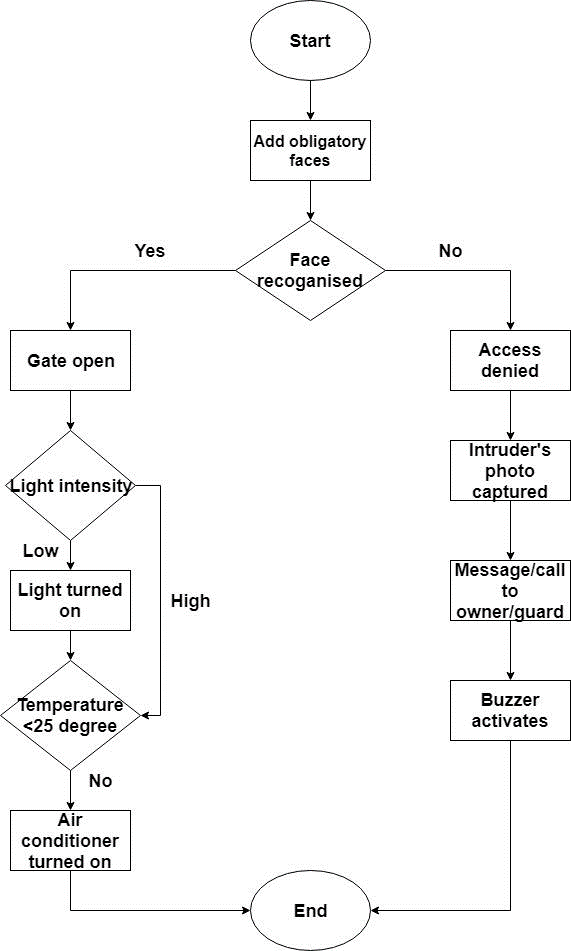
For learning the Internet of Things, I started with the basics of the Arduino (an open-source microcontroller) boards and the Arduino IDE which uses C language (which I had prior knowledge of). There was other hardware too like the NodeMCU and Raspberry Pi which I read about. Then came the IoT sensors and modules like the DHT-11 (Humidity and Temperature Sensor), HC- SR04 (Ultrasonic Module), HC-05 (Bluetooth Module), 16×2 LCD Module, LEDs, Buzzers and Breadboard and a lot of other hardware. I made small projects to know the working of each module and sensor.
Then there were platforms I worked upon which helped connect the microcontroller to the internet like AdafruitIO and IFTTT. They provided connectivity with the virtual assistants, Alexa and Google Home.
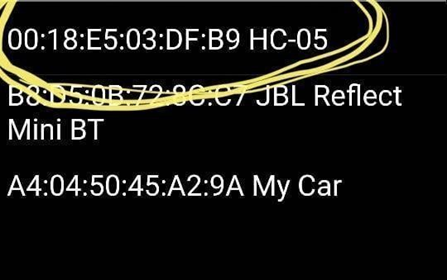
I had to go through a bunch of YouTube tutorials for this and my mentor from the research department of my college was really helpful at each step.
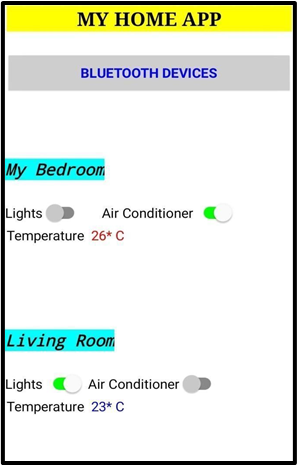
Tell us in detail about your project (its name), its features, the total number of users and downloads.
We started with a simple home automation project and then researched the problems faced by the elderly-people and came up with solutions. We then implemented those solutions and tested them in the research department of my college. It had face recognition to unlock doors and automatic control of the lights and other electric appliances. We also added the feature to control the electric appliances with an Android Application via Bluetooth as well as using Google Assistant.
We implemented visitor counters to automatically turn on and off lights and fans. For security purposes, we used a GSM module to send texts to concerned authorities in case someone tried to break in. These are some of the key features of the project. And it turned out pretty well, but unlike a website or an app, we couldn’t host it or put it on the app store. So, our mentor suggested that we write a research paper on this. Thereafter, we went through a lot of papers, tweaked some things in the project and wrote a paper titled, “Home Computerisation for the Elderly & Disabled with Internet of Things”. We presented it at an IEEE conference in October, and it got published this February.
How can this project help people? What is its target audience?
The project was supposed to provide an inexpensive IoT based Home Automation solution for the elderly and disabled. But now the research paper can be used as a tutorial or a base to build a better solution. The target audience would include the following:
- Elderly and Disabled
- Students learning IoT
- Fellow researchers
The research paper is available on the IEEE website.
What are the advantages of this project?
The advantages would be the following:
- It contributes to society, more precisely, it focusses on the neglected but important part of the society.
- Reading research papers was really insightful, gave a new perspective to solving problems and making projects.
Are you currently working on any new project? If yes, then please elaborate.
Yes, I am working on another IoT project for my final year project and maybe another research paper. It is a Water Quality Analysis device. It will show the characteristics of the water body in which it will be placed in real-time. The characteristics, for now, would be the pH, temperature, turbidity and oxygen level. The list can be expanded as per requirement. I have plans to interface it with data visualisation tools to analyse data and display it on a website.
To explore more project stories, click here.

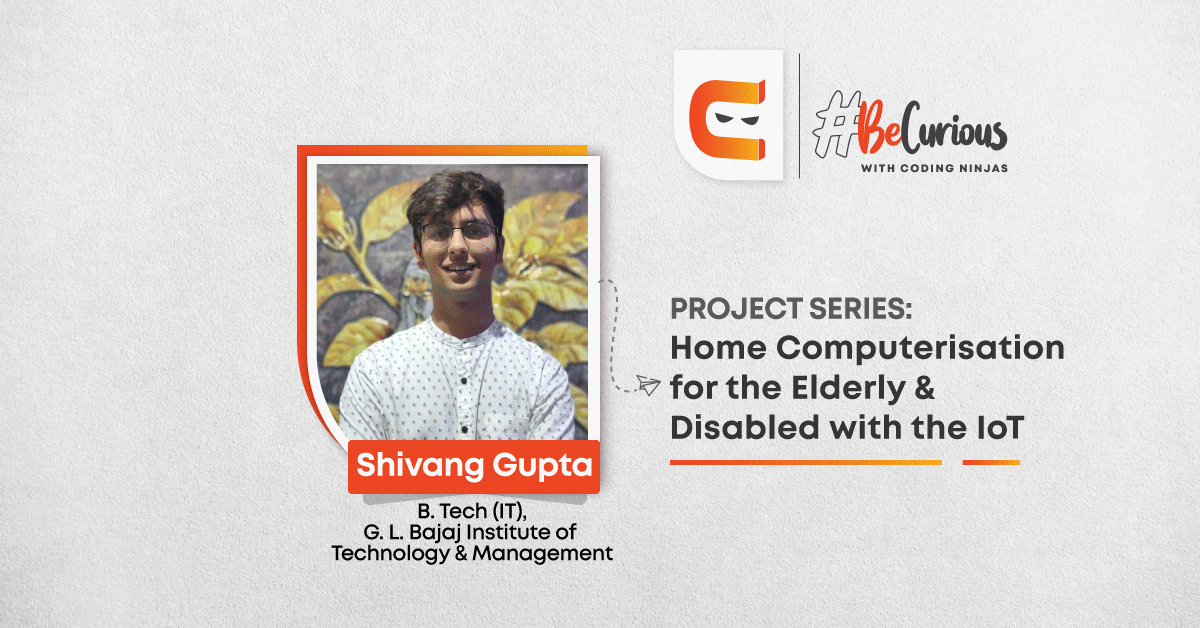




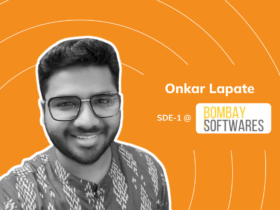








Leave a Reply